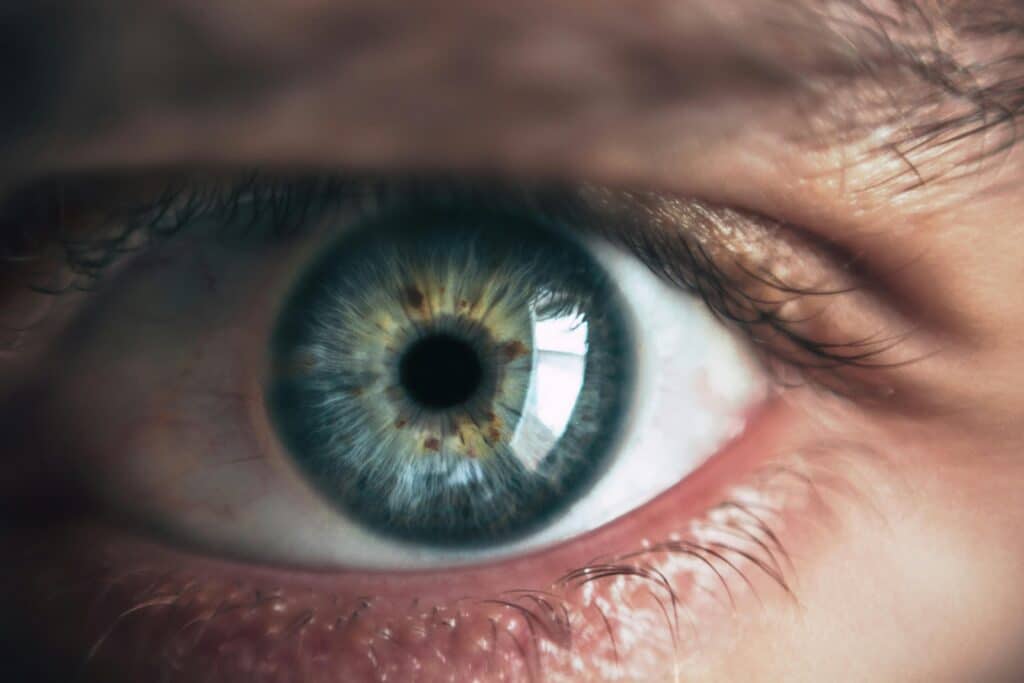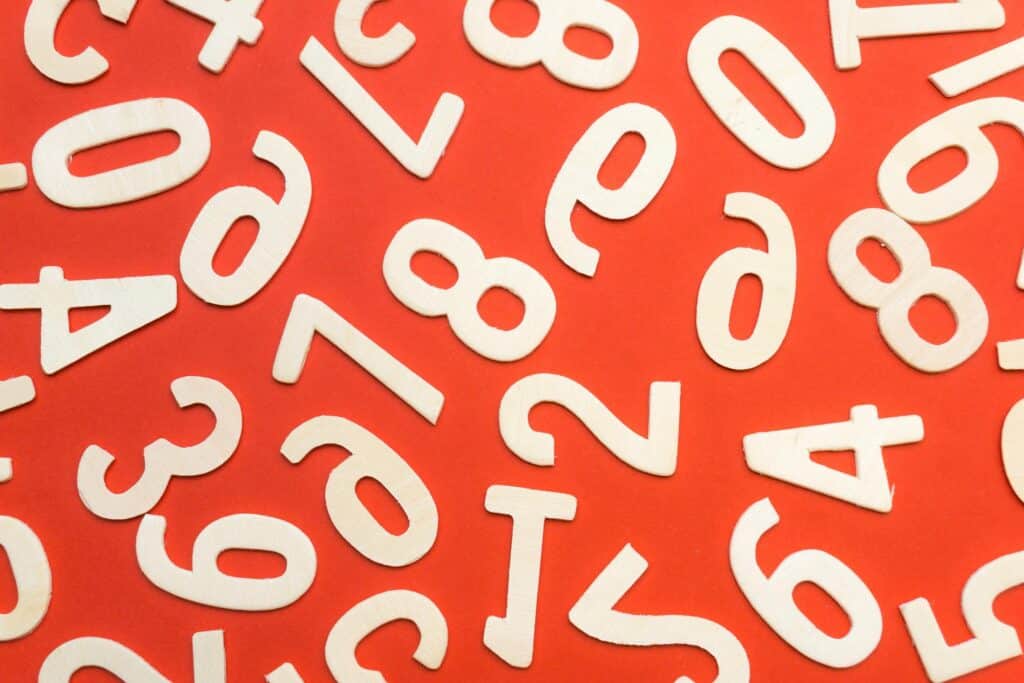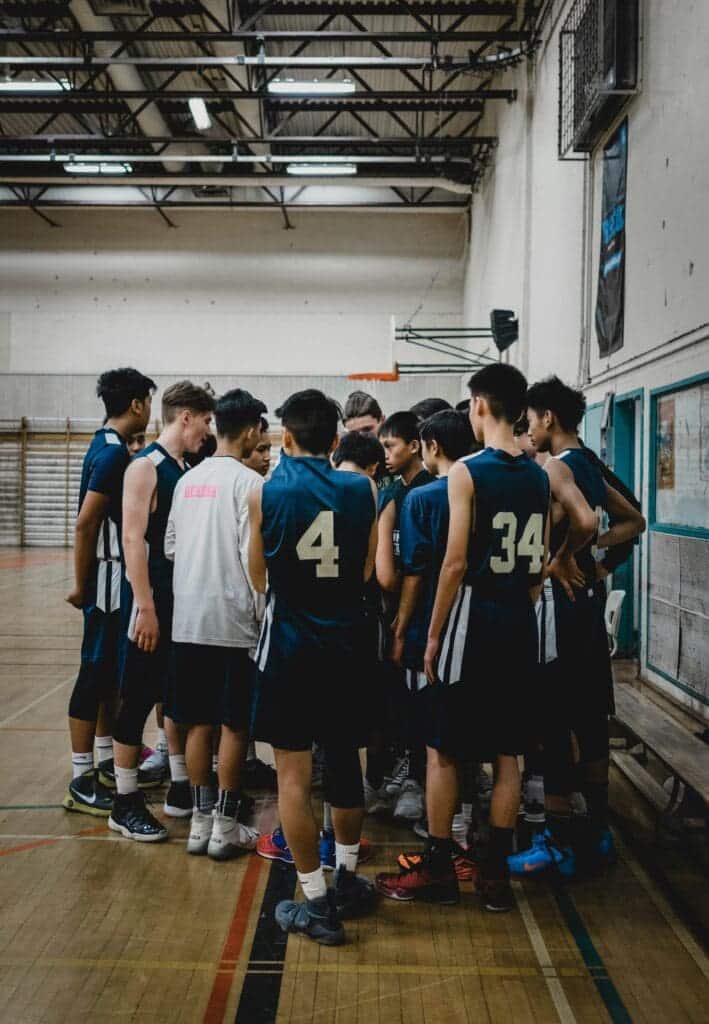Why the 20-20-20 Rule Matters

On a quiet Sunday evening, Mia sat at her desk preparing for exams. Her textbooks lay open, her tablet glowed, and her notes sprawled across pages. Twenty minutes in, she felt her eyes tighten, then blur. She rubbed them and blinked slowly, realizing she had lost track of time. She had been studying non-stop, trying to get ahead. Her vision felt raw, like she was staring through a haze.
Mia isn’t unique. Many students—whether in middle school, high school, or college—spend hours reading, writing, and highlighting, often without realizing the toll on their vision. During long study sessions, the muscles that help the eyes focus remain locked in one position, leading to fatigue and discomfort. That’s where the 20-20-20 rule becomes a simple yet powerful safeguard for students’ eyesight.
What Exactly Is the 20-20-20 Rule?
- Every 20 minutes of screen or close-up work,
- Look at something about 20 feet away,
- For at least 20 seconds.
This quick shift lets your eye muscles relax, your blink rate reset, and your focus recover. The American Optometric Association explains that this short visual break can prevent or reduce what doctors call digital eye strain, the collection of symptoms caused by prolonged screen use, such as dryness, headaches, and blurred vision.
According to research summarized by the American Optometric Association, taking brief but consistent visual breaks helps reduce strain from near-work tasks like reading, typing, and studying for long hours. In other words, the 20-20-20 rule isn’t just for office workers—it’s especially relevant for students who spend much of their day in front of books or screens.
Why Students Need It During Study Sessions
- Long study periods require near focus for extended stretches, which increases tension in the eye muscles.
- Eye specialists have found that people blink about 14 to 16 times per minute under normal conditions, but when using digital devices, that rate can drop to as few as four to six blinks per minute, as reported in the National Library of Medicine’s Digital Eye Strain Review (2022).
- Fewer blinks mean less moisture, leading to dryness, redness, and irritation.
- Over time, constant close focusing can trigger headaches, difficulty concentrating, and even temporary blurred vision.
- In one global survey analyzed by researchers Datta and colleagues in 2023, only about nine percent of participants said they practiced the 20-20-20 rule regularly, while two-thirds admitted they had never even heard of it.
- The same survey showed that those who followed the rule reported fewer symptoms such as burning eyes and headaches.
A Glimpse at What Research Shows
A two-week study conducted by visual ergonomics researchers in Spain used webcam reminders to prompt participants to follow the 20-20-20 rule while using computers. Results showed a measurable reduction in dry-eye symptoms and digital eye strain after consistent use. However, once the reminders stopped, symptoms gradually returned, suggesting that regular practice is necessary to maintain benefits.
Meanwhile, researchers from the State University of New York, including Dr. Mark Rosenfield, have pointed out that the exact numbers in the 20-20-20 formula may not have a deep scientific basis. Instead, they emphasize that the principle of taking frequent short breaks matters more than the precise timing.
In short, even though the rule’s name may sound arbitrary, the science behind eye breaks is solid: consistent pauses protect vision, boost comfort, and improve focus—especially for students immersed in heavy study routines.
Research, Evidence, and Practical Study Tips

How Eye Strain Develops During Study Sessions
When students study for long stretches—reading notes, highlighting, or typing essays—the eyes stay locked in near focus. The tiny muscles that control focusing must hold a constant contraction, and blinking slows down. The result is irritation, dryness, and blurred vision.
According to a 2022 review in the National Library of Medicine by researcher Harpreet Kaur, blinking normally occurs about fourteen to sixteen times per minute, but screen use can cut that rate to as few as four to six blinks per minute. The review also explains that the drop in blinking lowers tear film stability, which directly causes digital eye strain symptoms such as redness, stinging, and blurred vision.
What Research Says About the 20-20-20 Rule
Although the rule sounds simple, several studies have examined whether it truly helps.
- A 2023 study by Talens-Estarelles and colleagues published in the journal Contact Lens and Anterior Eyetested reminder software that encouraged participants to practice the 20-20-20 rule for two weeks. The researchers found that users reported significantly less dryness and eye discomfort while the reminders were active. However, once the reminders were removed, their symptoms gradually returned, showing that consistent practice matters more than short-term trials.
- A 2023 global survey conducted by Datta and a team of ophthalmology researchers discovered that only about nine percent of respondents actually practiced the 20-20-20 rule regularly. Two-thirds had never heard of it. The study also revealed that those who did follow the rule experienced fewer burning sensations, headaches, and feelings of heaviness behind the eyes.
- Research led by Dr. Mark Rosenfield at the State University of New York College of Optometry, published in Optometry and Vision Science in 2023, reviewed several experiments and found that while taking breaks clearly reduces eye strain, there is no strong scientific reason that the specific numbers—twenty minutes, twenty feet, and twenty seconds—are uniquely effective. Rosenfield emphasized that the real key is the habit of taking frequent short breaks, regardless of the exact timing.
These studies agree on one major point: any regular pause during prolonged studying helps protect the eyes.
Table: What the Major Studies Found
| Research Team and Year | Study Focus | Participants | Major Finding | Takeaway for Students |
|---|---|---|---|---|
| Talens-Estarelles et al., 2023 (Contact Lens and Anterior Eye) | Tested reminder software for 20-20-20 adherence | 29 adult computer users | Dry-eye and discomfort scores decreased significantly while reminders were active | Eye relief depends on consistent use of breaks |
| Datta et al., 2023(Indian Journal of Ophthalmology) | Surveyed awareness and practice of 20-20-20 rule | 432 respondents | Only 8.8 percent practiced the rule; users reported fewer headaches and burning eyes | Most students are unaware of the rule and miss its benefits |
| Rosenfield & Johnson, 2023 (Optometry & Vision Science) | Reviewed experiments on break intervals | 30 young adults in multiple trials | No evidence that 20/20/20 timing is superior to other intervals | The habit of taking breaks matters more than exact numbers |
| Kaur, 2022 (National Library of Medicine Review) | Analyzed physiological causes of digital eye strain | Literature review | Blink rate falls sharply during screen work | Reduced blinking is a core reason for eye fatigue |
What These Numbers Mean for Students

For students who often study for several hours straight, the message is clear: long sessions without breaks overwork the eye’s focusing system. The Spanish research by Talens-Estarelles showed measurable improvements in only two weeks when reminders were used, meaning the eyes respond quickly when given rest. The global survey by Datta’s team showed that simple awareness training could potentially help the majority of students who never take these micro-breaks. Meanwhile, Rosenfield’s review reassures students that even if they adjust the rule slightly—say, taking a thirty-second break every twenty-five minutes—the benefit remains.
Practical Study Habits That Use the Rule
Students can weave the 20-20-20 routine into their daily study schedule without disrupting focus.
Simple routine checklist:
- Set a timer or app reminder to alert you every twenty minutes.
- Look at something distant—a tree, wall clock, or object at least twenty feet away—for about twenty seconds.
- Blink slowly five times to refresh the eyes.
- Stretch lightly or roll your shoulders during each pause.
- After every fifty minutes of total study time, take a longer five- to ten-minute break away from books or screens.
Eye specialists from the American Optometric Association explain that these pauses help the focusing muscles relax and give the tear film time to restore moisture to the cornea. Their public health guidance recommends the 20-20-20 rule as one of the easiest methods to reduce digital eye strain during study.
Customizing the Timing for Different Study Styles
Some students find the Pomodoro technique—twenty-five minutes of work followed by five minutes of rest—works better for them. Others may prefer shorter bursts such as fifteen minutes of reading with a brief gaze break afterward. According to vision scientists like Dr. Rosenfield, the exact timing is flexible; what matters is regular interruption of near focus.
A helpful strategy is to link each break with another mini-study task. For example:
- During the 20-second gaze, silently recall one key idea you just studied.
- Use the break to check posture and breathing before returning to reading.
- Glance at a faraway object with natural daylight, which relaxes your focusing muscles faster than artificial indoor light.
How Better Eye Habits Boost Study Performance
Eye comfort directly affects concentration. Students who experience burning or blurred vision often reread lines, lose comprehension, or slow down note taking. The Talens-Estarelles study’s participants reported not only less dryness but also better sustained attention after two weeks of using reminders. That finding suggests that protecting eye comfort helps protect focus—essential for productive study.
Small, consistent breaks may also reduce the number of headaches and neck strain episodes linked with long hours of reading. When the eyes strain less, posture improves naturally because students no longer lean forward to refocus blurred text.
How Our Articles About Studying and Note Taking Can Help
We provide research-based articles about studying and note taking that integrate the 20-20-20 rule into daily academic life. Each article is designed to make eye-friendly habits automatic:
- Note-taking methods—like the Cornell system—are structured with short pauses between sections, perfect moments for 20-second resets.
- Tech guides review free reminder apps and browser extensions that nudge you gently without distracting from study.
- Challenge programs encourage students to track their breaks for one week and reflect on changes in comfort and productivity.
These resources make the 20-20-20 principle not an extra chore but a seamless part of an efficient study routine.
Other Helpful Adjustments Students Can Add
- Keep screens about an arm’s length away and slightly below eye level, which reduces the focusing demand.
- Adjust brightness so the screen matches the ambient light of your study area.
- Blink intentionally every few minutes if you notice dryness.
- Use natural lighting when possible—daylight helps your eyes relax more easily than fluorescent light.
- If symptoms such as persistent dryness or blurriness continue despite good habits, eye-care professionals advise scheduling an examination to rule out dry-eye disease or uncorrected vision problems, as noted in professional reviews in Review of Optometry.
Key Takeaways for Students
Combining good lighting, posture, and scheduled breaks leads to the healthiest study environment.
The 20-20-20 rule works best when used consistently, not occasionally.
Scientific studies confirm eye-strain relief but show flexibility in exact timing.
Awareness remains low among students, making education vital.
Small breaks also refresh concentration and comprehension during long study sessions.
Final Thoughts

After reviewing what vision experts have found, one lesson stands out: protecting your eyes while you study is not a luxury—it’s essential for comfort, focus, and long-term health. The simple 20-20-20 rule gives students a way to do that.
According to the American Optometric Association, even brief visual pauses can ease eye strain, sharpen concentration, and prevent headaches during study sessions. Researchers like Dr. Mark Rosenfield at the State University of New York College of Optometry emphasize that regular breaks, no matter the exact interval, protect both vision and learning performance. The goal is not perfection—it’s consistency.
Quick Recap: What Students Should Remember
- Take a 20-second break every 20 minutes by focusing on something at least 20 feet away.
- Blink often to keep your eyes lubricated.
- Use study planners or digital reminders to make eye breaks automatic.
- Keep screens an arm’s length away, slightly below eye level.
- Choose natural light when possible and adjust screen brightness to match your surroundings.
Students who apply this rule often find that their study sessions last longer and feel easier. Their comprehension improves because their eyes stay relaxed. The global survey by Datta and colleagues in 2023 revealed that only about nine percent of participants practice the rule—but those few reported fewer headaches and less eye burning, proof that small habits can make a major difference.
At Scholarlysphere we believe studying and note taking can guide students in applying the 20-20-20 rule naturally throughout their academic routines. By combining smart note-taking methods, focused study sessions, and regular eye-care breaks, students can build stronger habits that protect both their vision and their learning success.
If such a simple routine can prevent discomfort and improve focus, isn’t it worth trying the next time you study?
Works Cited
Kaur, Harpreet. “Digital Eye Strain: A Comprehensive Review.” PMC / National Library of Medicine, 2022. https://pmc.ncbi.nlm.nih.gov/articles/PMC9434525/ (accessed October 14, 2025).
Pucker, Andrew D., Aaron M. Kerr, Jennifer Sanderson, Chris Lievens. “Digital Eye Strain: Updated Perspectives.” PMC, 2024. https://pmc.ncbi.nlm.nih.gov/articles/PMC11416787/ (accessed October 14, 2025).
Talens-Estarelles, Cristian, Alejandro Cerviño, Santiago García-Lázaro, et al. “The Effects of Breaks on Digital Eye Strain, Dry Eye and Binocular Vision: Testing the 20-20-20 Rule.” Contact Lens & Anterior Eye, 2023. https://pubmed.ncbi.nlm.nih.gov/35963776/ (accessed October 14, 2025).
Datta, [First name and coauthors]. “The 20 / 20 Rule: Practicing Pattern and Associations With Asthenopic Symptoms.” Indian Journal of Ophthalmology / PMC, 2023. https://pmc.ncbi.nlm.nih.gov/articles/PMC10391416/ (accessed October 14, 2025).
García-Lázaro, S., et al. “The Effects of Breaks on Digital Eye Strain, Dry Eye and Binocular Vision: Abstract & Findings.” Contact Lens Journal, 2023. https://www.contactlensjournal.com/article/S1367-0484%2823%2900119-4/fulltext (accessed October 14, 2025).
Moore, P. A., et al. “Digital Eye Strain and Its Impact on Working Adults in the UK and Ireland.” Contact Lens & Anterior Eye / Aston Research Explorer, 2024. https://research.aston.ac.uk/files/176268285/Moore_Wolffsohn_Sheppard_Digital_eye_strain_and_its_impact_on_working_adults_in_the_UK_and_Ireland.pdf (accessed October 14, 2025).
Almahmoud, Omar H., et al. “Assessment of Digital Eye Strain and Its Associated Factors Among School Children in Palestine.” BMC Ophthalmology, 2025. https://bmcophthalmol.biomedcentral.com/articles/10.1186/s12886-025-03919-x (accessed October 14, 2025).
“Survey Report on Digital Eye Strain (DES).” International Journal of Novel Research and Development, 2023. https://www.ijnrd.org/papers/IJNRD2301094.pdf (accessed October 14, 2025).
CooperVision. “Digital Eye Strain Research Report.” CooperVision, 2023. https://coopervision.com/sites/coopervision.com/files/media-document/digital-eye-strain-research-report.pdf (accessed October 14, 2025).


